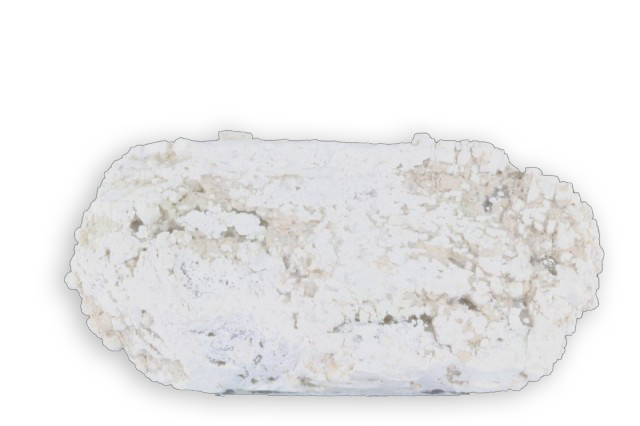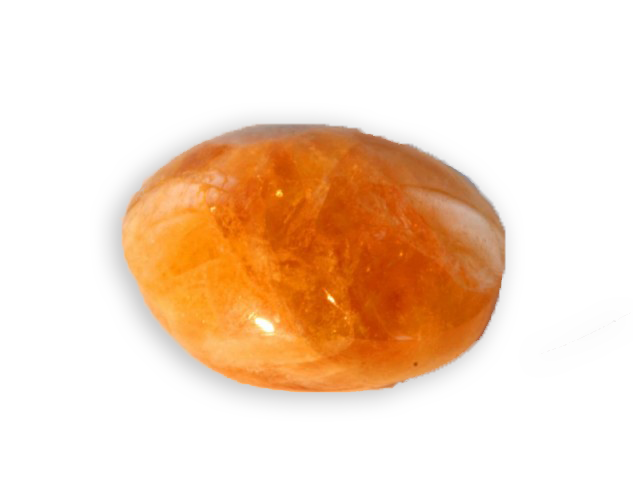
johachidolite
It is named after the locality where it was discovered: Johachido District in North Korea. Recent discovery at Mogok in Burma of a variety of beautiful yellow-orange gem quality stones.
Je vous emmène à travers mes vidéos découvrir mon expérience acquise depuis plus de 30 ans a silloner le globe entier à la recherche de pierres précieuses, de rencontre mémorables mais aussi de difficulté parfois …

It is named after the locality where it was discovered: Johachido District in North Korea. Recent discovery at Mogok in Burma of a variety of beautiful yellow-orange gem quality stones.
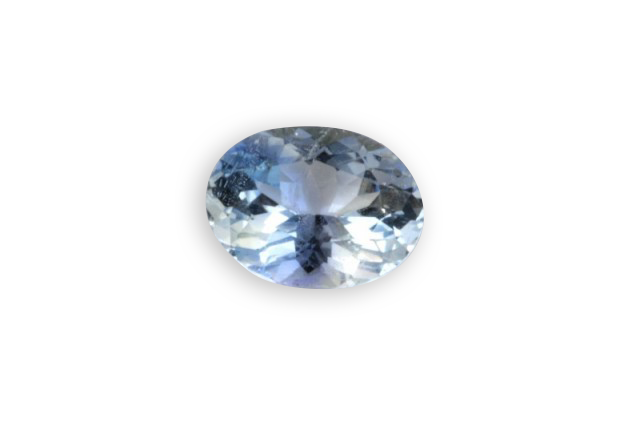
It honors the Russian mineralogist Pavel Vladimirovich Jeremejev (1830-1899) who has identified it in 1883 in Siberia.
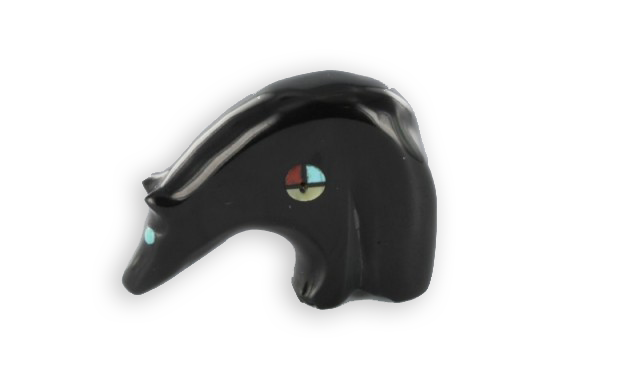
This is an organic material, a black variety of lignite containing 70% of carbon, resulting from the coalification of wood under anaerobic conditions (without oxygen) and under strong pressure, it is a fossil gem. Its name comes from old French “jayet” or “jaiet” or the
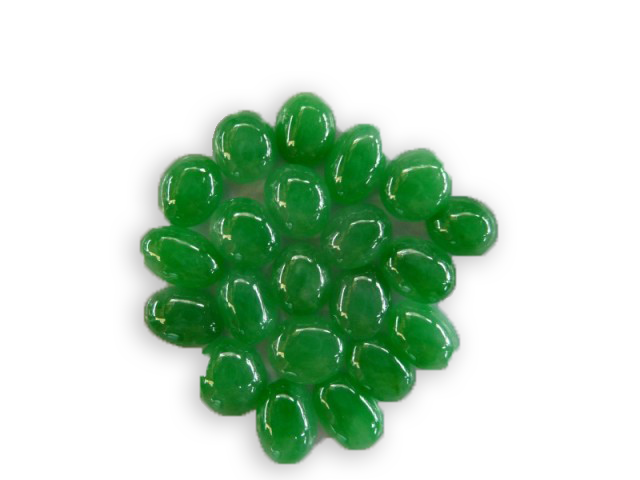
In the nineteenth century, it was shown that the so-called “jade” actually consisted of two distinct minerals: The “Jadeite”, of the pyroxene family, is the hardest and most rare, it has a crystalline sound, its color varies from white to dark green, even lavender. The
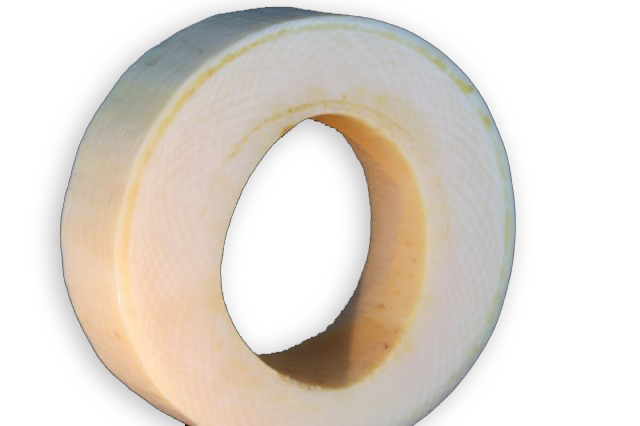
Its name comes from the Latin ebur”, “eboris” which is an animal substance known since prehistoric times : the famous lady Brassempouy of the Saint-Germain-en-Laye Museum is famous worldwide, ivory has been used in antiquity, the middle ages, the renaissance period to the “art Deco”
